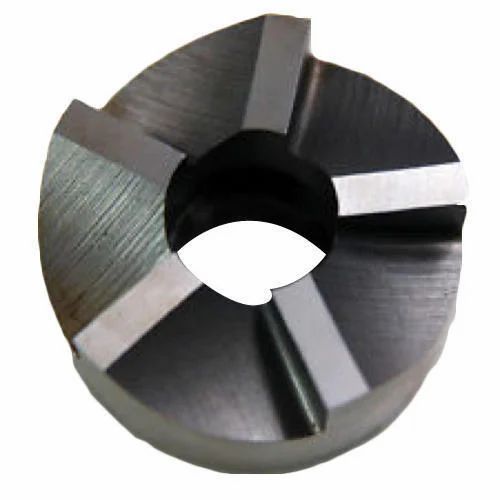If these banjos are for the braking system, be VERY careful. Pressures in the hydraulc braking system can be very high.
Your life might depend on them!
The copper washers should be annealed..
In a banjo bolt / copper washer / banjo / copper washer / fitting situation there are EIGHT possible faces that can fail to seal.
Get it wrong and you could be worse off than when you started.
Turning (Facing ) the faces of the banjo will produce a spiral groove, so although an appealing way of producing a good finish, may well not be the best way to go.
Putting grooves or ridges in the face of the banjo will increase the unit loading , but will decrease the leakage path, and so make matters worse.
If grooves or ridges were the solution to the problem, LOTS of engine and vehicle manufacturers woukld have been using them; so probably mot the best solution
Lapping the faces with 600 grade wet and dry, may be a solution, but ifd the angled faces make this difficul bend your efforts to making up a suitable fixture to hold them. Thiks will help having the faces parallell as an end result.
Also, look to the faces of the banjo bolts. The coppere washer has two faces across which there could be a leak.
Be careful not to reduce thread enagagement so that the banjo bolt bottoms before exertinbg maximum pressure on the washers.
HTH
Howard
Hopper.





